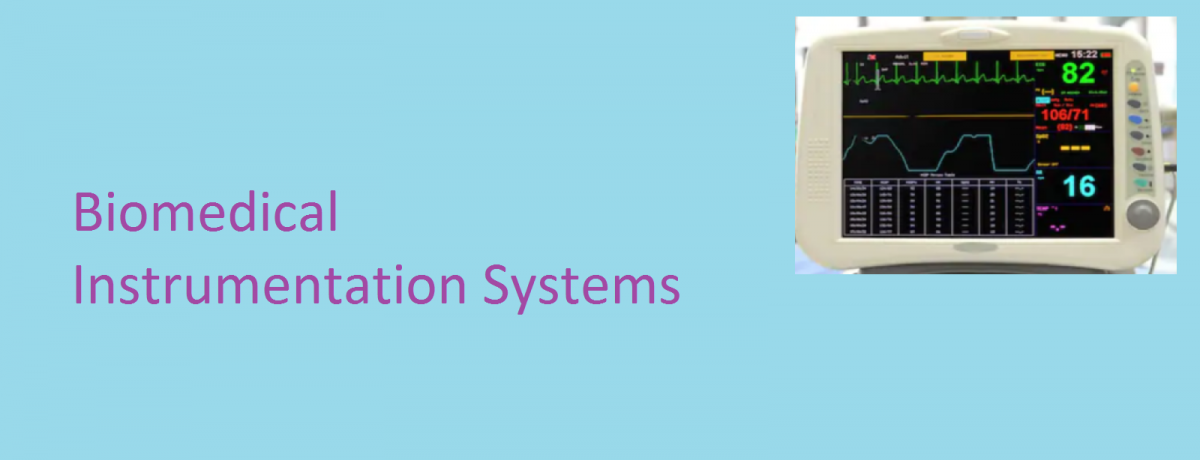Home » Biomedical Measurements » Page 6
Introduction
Blood flow can easily be measured by using biomedical instruments. These biomedical instruments are based on several working principles namely:
- Electromagnetic Induction
- Ultrasound Reflection
- Radiography
- Dye Dilution
- Chamber Plethysmography
The magnetic and ultrasound blood flow meters actually measure the … Read More
We have different types of biomedical recorders named according to the types of bio signals they capture. Some of these instruments used to record data in biomedical measurements include:
Electrocardiograph (ECG)
The Electrocardiograph (ECG) is an instrument which records the … Read More
Electrooculogram is an electrophysiological monitoring method to record electrical activity of the eyeball. It is a test to measure the electrical response of the light sensitive cells (rods and cones) and motor nerve components of the eye.
Its main applications … Read More
The contraction of the skeletal muscle results in the generation of action potentials in the individual muscle fibres, a record of which is known as electromyogram. This activity is similar to that observed in the cardiac muscle, but in the … Read More
The brain generates rhythmically potentials which originate in the individual neurons of the brain. These potentials get summated as millions of cell discharge synchronously and appear as a surface waveform, the recording of which is known as the electroencephalogram.
The … Read More
The recording of the electrical activity associated with the functioning of the heart is known as Electrocardiogram. ECG is quasi-periodical, rhythmically repeating signal synchronized by the function of the heart; which acts as a generator of bioelectric events. This generated … Read More
Introduction
Bioelectric events have to be picked up from the surface of the body before they can be put to the amplifier for subsequent record or display. This is done by use of electrodes. The potentials produced at different points … Read More
In the 18th Century, Galvani demonstrated using microelectrodes that there is a potential difference between the outside and the inside of a cell, or a potential difference exists across the membrane of a cell. The inside of a cell … Read More

